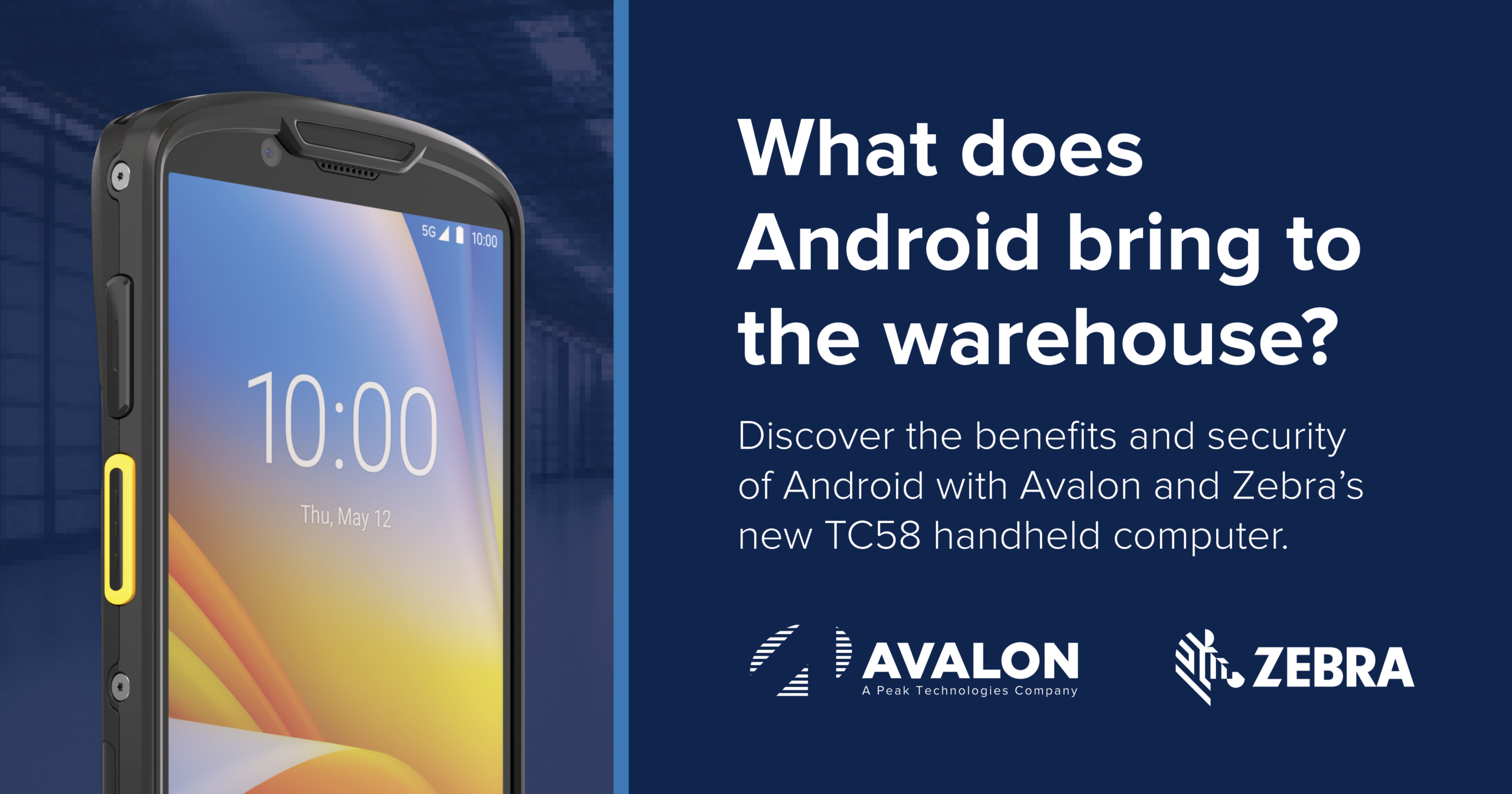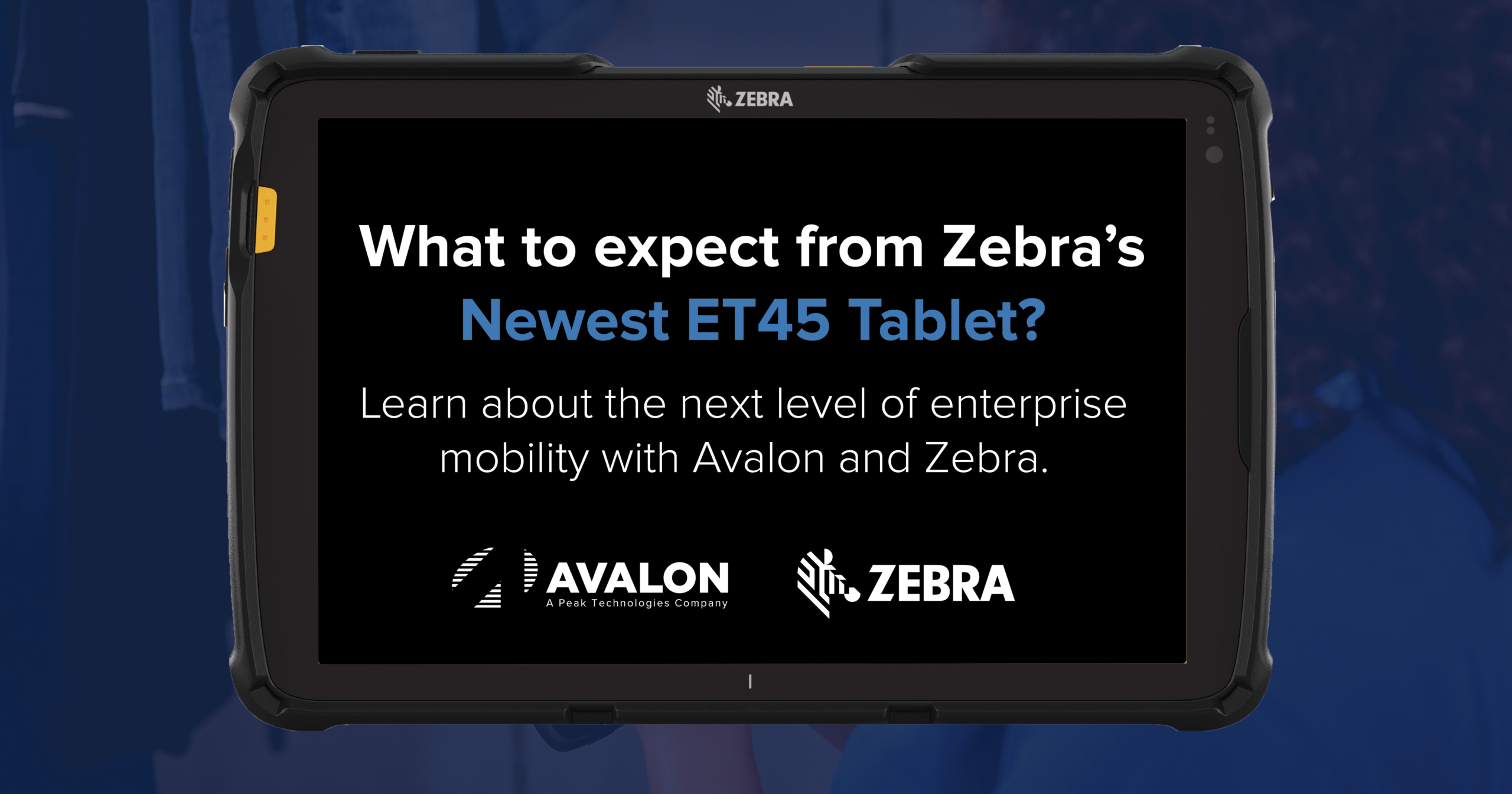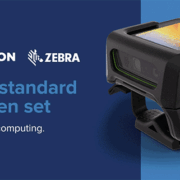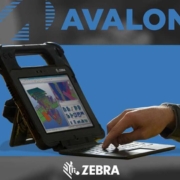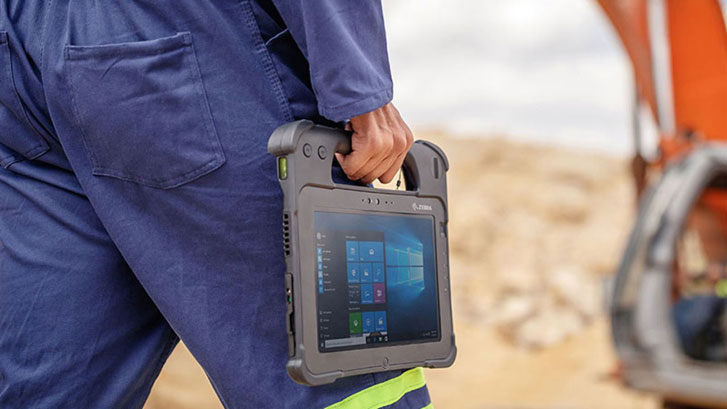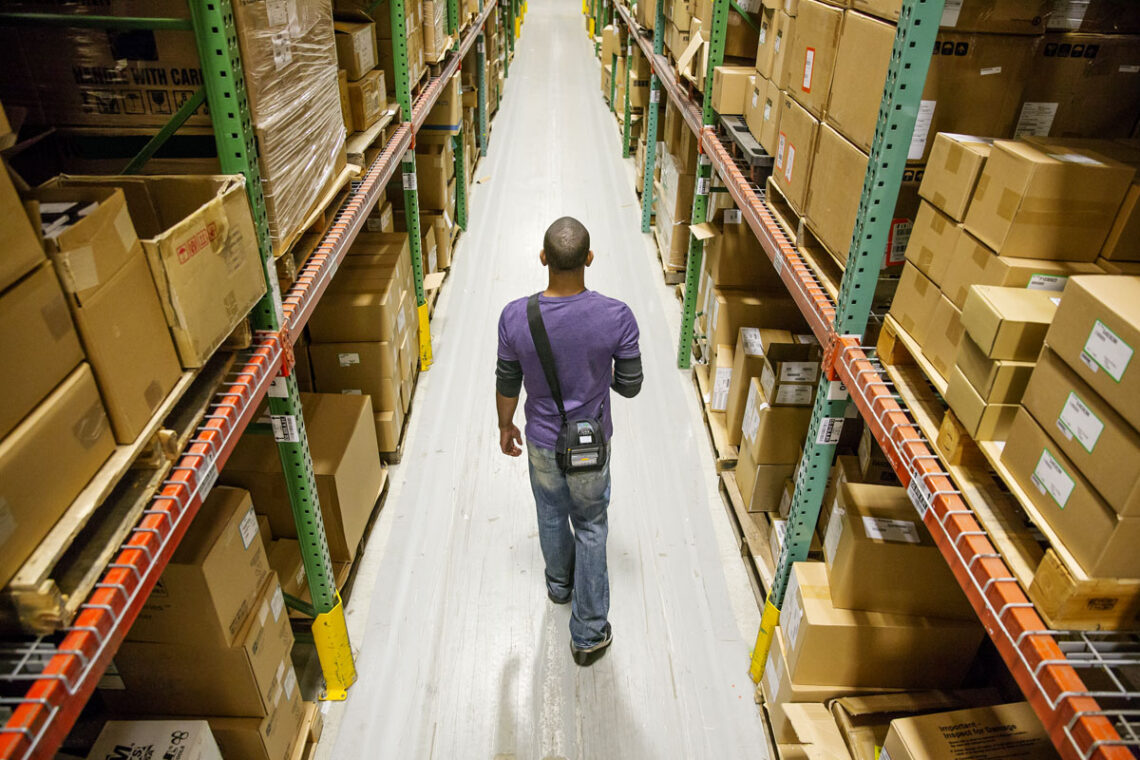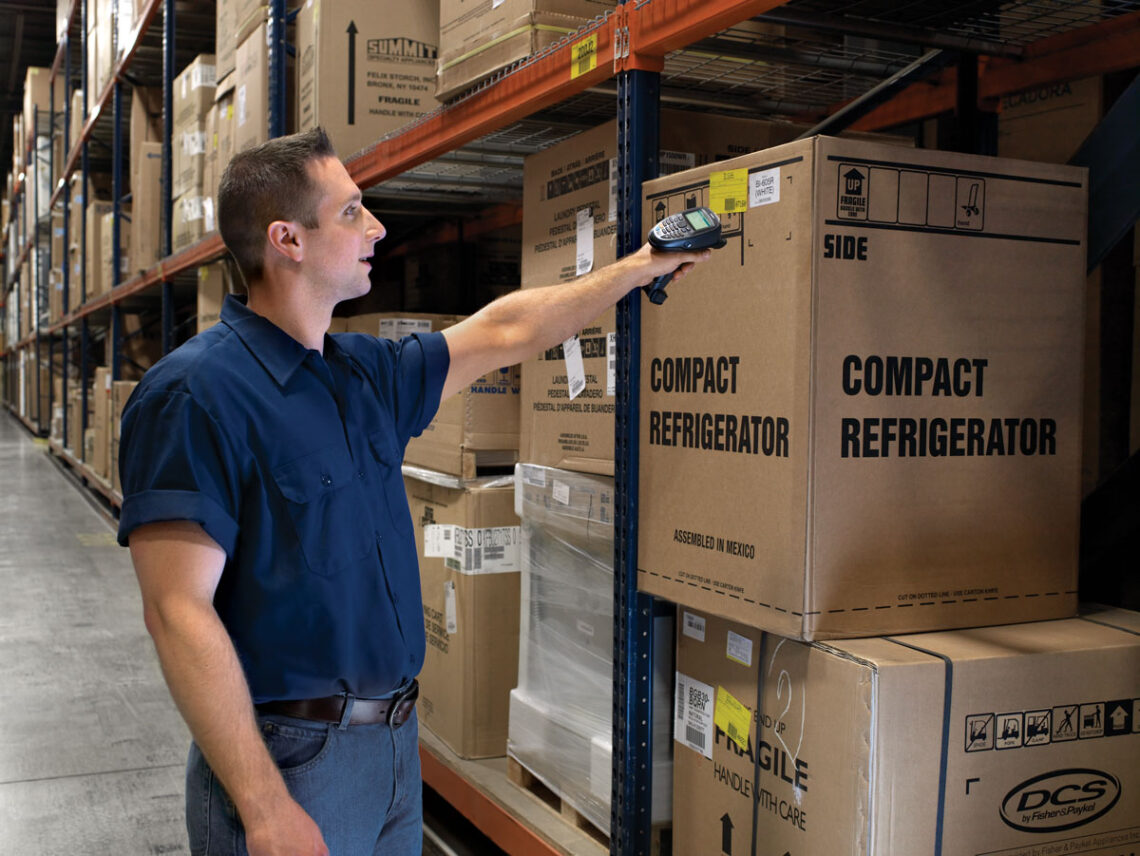Businesses can no longer overlook cybersecurity. Regardless of company size, virtually every business can be a target for today’s cybercriminals. As automation continues to dominate warehouses and distribution centers, businesses can no longer afford to compromise on data security when integrating intelligent mobile devices. Studies indicate that nearly 71.1 million people are victims of cybercrimes every year, and 97% of companies have faced cyberattacks involving mobile threats. In the end, researchers estimate that cybercrimes will cost $10.5 trillion annually by 2025, illustrating the crucial importance of dependable data security—currently absent in consumer-grade devices and outdated operating systems.
That’s Where Android Comes In
To prioritize security and enterprise efficiency, more businesses are moving to highly-secure operating systems and mobility solutions like Android 11. Innovative operating systems like this can avoid cyberattacks and manage downtime to control costs; however, the benefits of Android extend beyond cybersecurity. As the preferred OS of leading manufacturers like Zebra Technologies, Android 11 opens the doors to a new level of dependable automation on best-in-class devices. For example, the new TC58 mobile computer leverages Android 11 OS to deliver the operating system’s top benefits within one enterprise platform.
- Secure device protection with consistent updates – Increase device security with an updated operating system to prevent leaks and attacks. Equipped with LifeGuard for Android, Zebra’s empowered mobile computer provides security patches to keep devices secure every day they are in service. Android 11 helps enhance mobile computer processing power, so businesses can get secure, powerful enterprise mobility updated every 90 days with government-grade encryption.
- Streamlined ease of use for better mobility – Since Android is extremely popular in the consumer space, employees are more likely to adapt to it, thus minimizing training times. Additionally, Zebra’s Mobility DNA offers the broadest and most mature set of solutions for simpler management and easier integration, empowering workers to use their device’s full functionality right out of the box.
- Versatility with an open app ecosystem – Businesses can customize their mobility solution with an intuitive platform that enables seamless app integration, unlike iOS. Moreover, Android devices like the TC58 enable quick app migration, converting TE green screens into a touchscreen interface without extensive application rewriting.
When you protect your mobile devices with a flexible operating system like Android, you protect enterprise efficiency and supply chain operations. Talk to an expert at Avalon today to evaluate a mobility solution that protects your enterprise.

